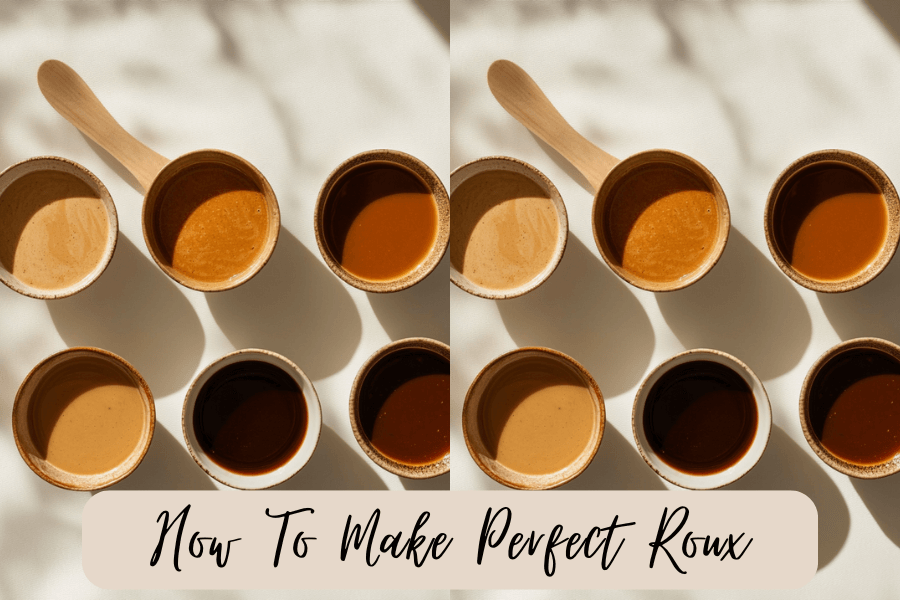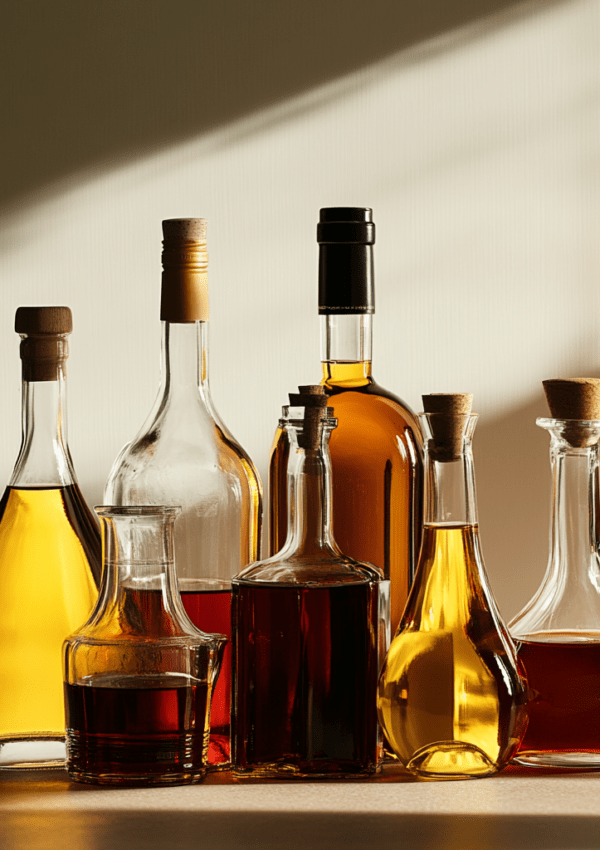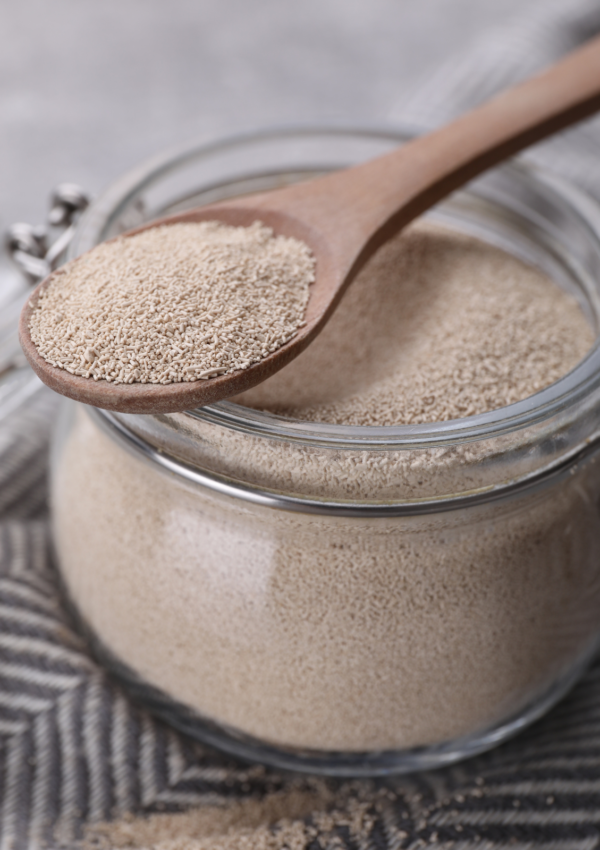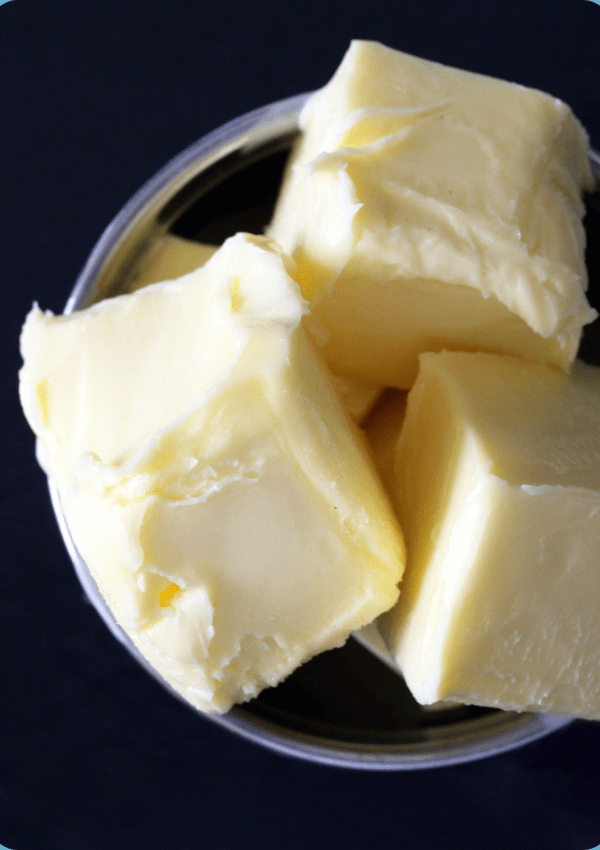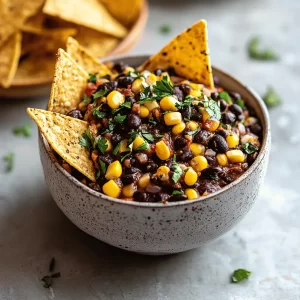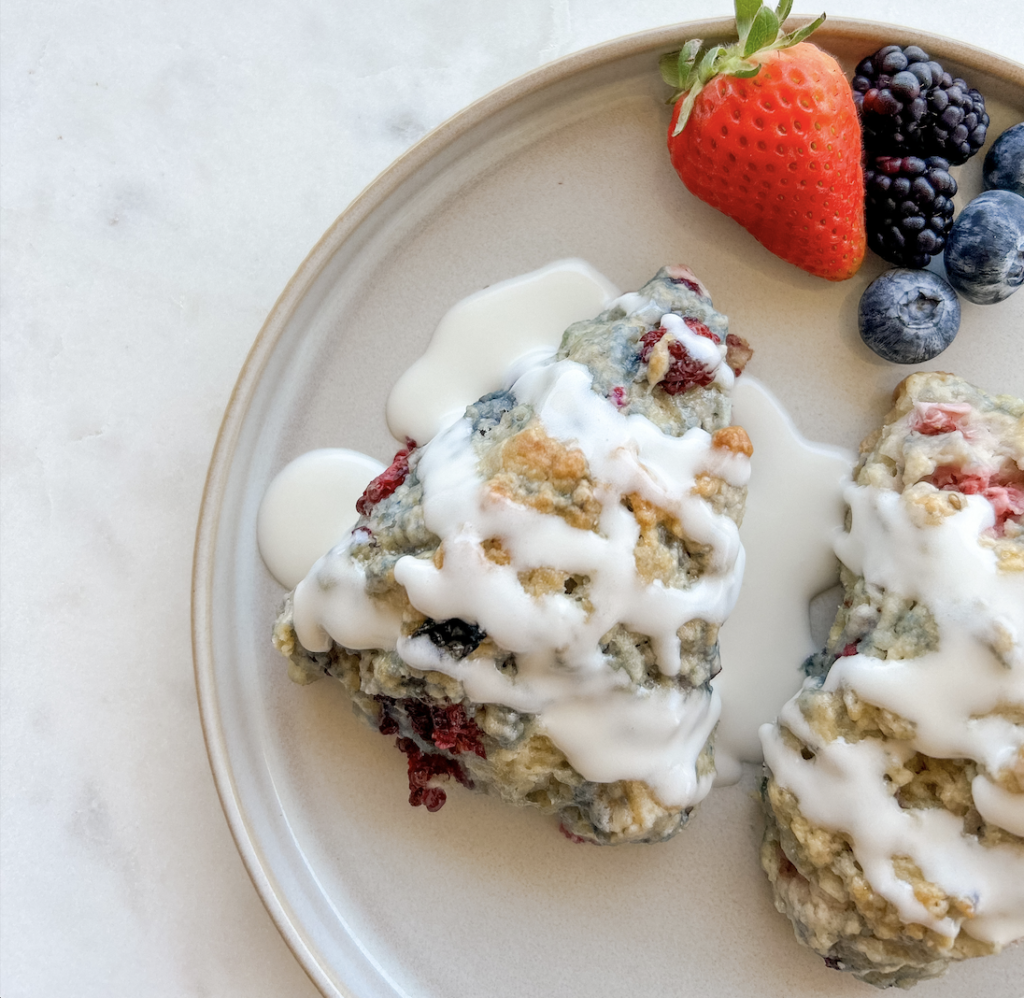At The Spice Girl Kitchen, we believe that building confidence in the kitchen starts with mastering the basics. And when it comes to foundational techniques, making a good roux is high on the list! Whether you’re thickening a gumbo, adding depth to a gravy, or making the silkiest béchamel sauce, mastering the art of roux will take your cooking to the next level. Ready to get your whisk moving? Let’s dive into everything you need to know about roux – from how it’s made to the science behind its magic.
What is Roux?
A roux is a mixture of fat and flour, cooked together and used as a thickening agent in sauces, soups, stews, and more. Traditionally, roux is made with equal parts fat (like butter or oil) and flour. The fat is melted first, and then flour is gradually whisked in until the mixture becomes smooth. From there, it’s cooked to varying degrees of color and flavor, depending on what you’re aiming for in your dish.
How to Make the Best Roux
Making roux is simple in theory but requires attention to detail. Here’s a step-by-step guide:
Choose Your Fat
The most common fats are butter, oil, or animal fat like lard. Butter is typically used in French cooking, while oil is more common in Cajun cuisines.
Measure Equal Parts Fat and Flour
For most recipes, you’ll need equal weights of fat and flour. A good starting point is ¼ cup of each, which will make enough roux to thicken about 2 cups of liquid.
Melt the Fat
Over medium heat, melt your butter or heat your oil in a heavy-bottomed pan.
Add the Flour
Gradually sprinkle the flour into the melted fat, whisking continuously to avoid lumps. Continue whisking until the mixture is smooth.
Cook the Roux
Cook the roux, stirring constantly, until it reaches your desired color – from light blond to dark brown. The longer you cook it, the deeper the flavor and the darker the color.
[the_ad id=”3378″]
What’s Happening When the Roux is Cooking?
Here’s where it gets interesting! As the roux cooks, several important changes take place:
Starch Gelatinization
When the flour is first added to the fat, the starch granules in the flour absorb the fat, preventing them from clumping together. As the mixture heats up, these starch granules swell and burst, releasing starch molecules that thicken the liquid when combined with broth, milk, or any other liquid base.
Maillard Reaction
As the roux continues to cook and darken, it undergoes the Maillard reaction – a chemical process that develops complex, nutty, and rich flavors. The longer you cook the roux, the more intense these flavors become.
The transformation from raw flour to richly browned roux is a culinary magic trick rooted in science. As the flour cooks, its starches break down, and the Maillard reaction kicks in. This reaction, which occurs when proteins and sugars interact at high heat, creates hundreds of new flavor compounds, resulting in the complex, savory notes that make dishes like gumbo and gravy so irresistible.
[the_ad id=”3378″]
Light vs. Dark Roux: When to Use Each
The color of your roux directly impacts both the flavor and the thickening power of your dish:
White or Blond Roux
This type of roux is cooked just until it starts to take on a pale yellow or light blond color. It’s typically used for delicate sauces like béchamel (a classic in French cuisine) or in dishes where you don’t want the roux to overpower other flavors. White roux has the strongest thickening power but a more subtle flavor.
Medium Brown Roux
Cooked a bit longer, this roux has a deeper golden color and a nuttier flavor. It’s perfect for gravies, veloutés, and creamy soups.
Dark Brown Roux
This roux is cooked until it turns a deep chocolate brown and takes on rich, toasty flavors. You’ll find it most often in Cajun and Creole dishes like gumbo and étouffée. However, as the roux darkens, its thickening power decreases, so you’ll need more roux to achieve the same thickness.
[the_ad id=”3378″]
Oil & Flour Roux vs. Butter & Flour Roux
Both combinations are common, but they have distinct uses and results:
Butter & Flour Roux
Butter is commonly used in French cuisine and creates a rich, velvety texture perfect for cream sauces and lighter gravies. The flavor of the butter adds depth and richness, especially in blond and medium-brown roux.
Oil & Flour Roux
Common in Southern cooking, particularly Cajun and Creole dishes, oil-based roux can withstand higher temperatures without burning. This makes it ideal for making dark roux that requires longer cooking times. It also imparts a slightly different flavor profile, one that’s more neutral compared to the rich taste of butter.
[the_ad id=”3378″]
Roux Tips & Tricks: Mastering the Technique
- Low and Slow: When making darker roux, patience is key. Cook the mixture over low to medium heat, stirring constantly to avoid burning. Burnt roux has a bitter taste, so it’s better to go slow and steady.
- Use a Heavy-Bottomed Pan: This helps distribute heat evenly and prevents hot spots, reducing the chance of burning your roux.
- Stir Constantly: Never leave your roux unattended! Stirring constantly ensures even cooking and prevents the mixture from scorching on the bottom.
- Adjust to Your Dish: Remember that the darker the roux, the more you’ll need to achieve the same thickening effect. Consider the dish you’re making when choosing your roux’s color and flavor intensity.
[the_ad id=”3378″]
What is Roux Used For?
Roux is a foundational technique in cooking and is used to thicken and add flavor to a wide variety of dishes:
- Sauces: From creamy béchamel to velvety gravy, roux is the backbone of many classic sauces.
- Soups and Stews: Roux adds body and richness to soups like chowder, bisques, and gumbo.
- Casseroles: Ever wondered what gives mac and cheese that silky smooth texture? That’s a roux at work!
Mastering roux is one of those skills that can take your cooking from good to great. Whether you’re making a silky French sauce or a hearty Cajun stew, understanding the process behind roux – from how it thickens to how it develops flavor – is key to unlocking deeper, richer dishes. With a little practice and these tips in your back pocket, you’ll be whisking up perfect roux like a pro!
[the_ad id=”3378″]
This post was all about Perfect Roux!
Ready to level up your cooking game? Try out these tips and let us know how it goes! Make sure to tag me @thespicegirlkitchen_ on Instagram or @thespicegirlkitchen on TikTok!

